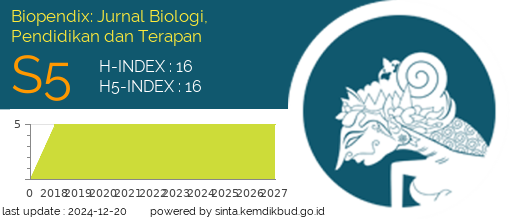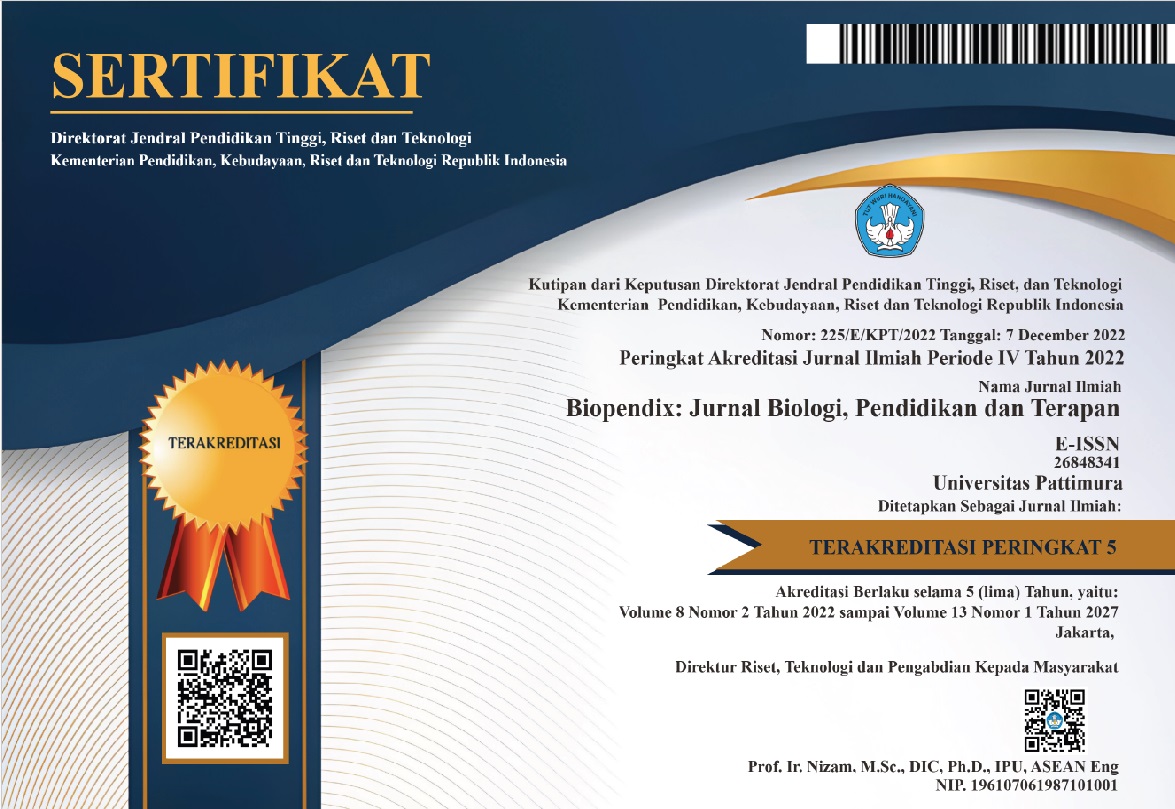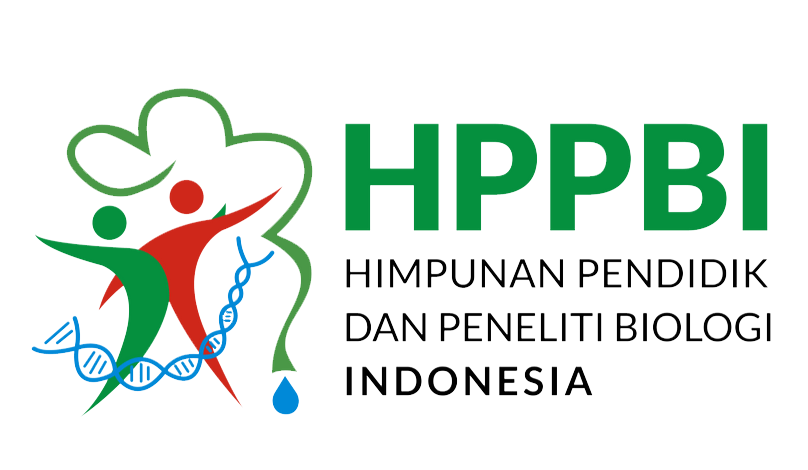PENGARUH INOKULASI BAKTERI Rhizobium japanicum TERHADAP PERTUMBUHAN KACANG KEDELAI (Glycine max L)
Abstract
Background: In Indonesia, soy is the third crop after rice and maize. Not only as a food ingredient, soybean (Glycine max L) also known as animal feed and industry.
Method: The materials used in this study are Rhizobin, seed soybeans, sugar, and ground. Research using a completely randomized design (CRD), which consists of one factor, ie the number of Rhizobium inoculation, with concentrations: A0 = Control, A1 = concentration of 3 g, A2 = Concentration 5 g, and A3 = concentration of 7 g. Each treatment was repeated three times. Data were analyzed using analysis of variance followed by honest significant difference test at significant level of 0.5% and 0.1%.
Result: Delivery of bacterial inoculation treatments gave a significant influence on plant height, leaf number, and the number of soybean root nodules, obtained on treatment of Rhizobium inoculation A3 = concentration of 7g. T treatment of bacterial inoculation of soybeans increases the diameter of the rod, but no significant effect on stem diameter of soybean.
Conclusion: Bacteria Rhizobium inoculation japanicum significant effect on the growth of soybean plant, ie plant height, number of leaves and number of root nodules, but no significant effect on stem diameter. Concentration Inoculation of Rhizobium bacteria are the most influential on A3 concentrations (7g), followed by concentration of A2 (5g), then the concentration of A1 (3g), and control (A0).
Downloads
Authors who publish with this Journal agree to the following terms:
- Author retain copyright and grant the journal right of first publication with the work simultaneously licensed under a creative commons attribution license that allow others to share the work within an acknowledgement of the work’s authorship and initial publication of this journal.
- Authors are able to enter into separate, additional contractual arrangement for the non-exclusive distribution of the journal’s published version of the work (e.g. acknowledgement of its initial publication in this journal).
- Authors are permitted and encouraged to post their work online (e.g. in institutional repositories or on their websites) prior to and during the submission process, as it can lead to productive exchanges, as well as earlier and greater citation of published works





 2
2






